It seems like an obvious question at first, but when you think about it, the answer is quite surprising. When you look at a wide array of bottles — from ketchup to milk to soda — they're all different sizes and shapes. And yet, they’re all designed for the same purpose: To hold liquids. So why do bottles have the shape that they do?
First, you have to think about the materials that bottles are made from. They're typically glass or plastic. And then there's the whole process of getting a bottle to market that determines its shape. Other reasons for this range from marketing and cost-effectiveness to sensory perception. Here we'll look at some of the most common shapes, and why they're designed this way.
Why Bottles Assume The Humanlike Shape
When thinking about buying a wallet, for instance, there’s something that will draw you to choose a slim minimalist wallet over a traditional bulky wallet. That reason is what beverage manufacturers use to make you choose their bottled drinks without thinking twice.
Everyone has used a glass or plastic bottle at some point but rarely do we pose to think why are they shaped that way. Despite that being a rather boring topic to discuss, the truth is that bottles have undergone a series of innovations through centuries to attain the current shape they have.
The idea behind shaping bottles as the structure of humans is termed anthropomorphism. It’s a preference that humans develop for objects that seem to possess human-like features. This strategy is aimed at awakening emotions in people and this goes a long way in promoting the purchasing decision of consumers.
Naturally, people are inclined to make decisions with an influence from what they feel about something. That’s particularly the reason why you’ll find most people buying only designer clothing and accessories. For instance, most guys who want to express their fashion sense will carry a cool metal wallet and watches. The makers of such accessories on their end will try their best to paint their products in the best way possible that the consumer will want to acquire by all means.
Back to the anthropomorphism factor, it is designed to make people purchase without thinking twice. Take the popular Coca-Cola bottle shape with hourglass contours to create a feminine attraction. When thinking of a soda, the first thing that’ll ring into your mind is a bottle of Coca-Cola because they connect with people’s emotions through anthropomorphism.
The Various Bottle Shapes and Their Explanations
The general shape of a bottle is similar to that of humans. But apart from that, there are several variations in this shape by different beverage manufacturers to achieve certain goals. Let’s review some of the shapes to see why they’re made that way.
Long-necked and round body bottles
These are the bottles commonly used in packaging alcoholic drinks such as wine. They’ve been in use for almost a century and the shape was inspired by the need for packers to use a small cap to seal the top. The reduced size of the cap was mainly used to save money. Small caps are also stronger compared to larger ones sized as the width of the bottle.

Regarding the wine bottles, their shapes also tend to vary depending on the packaged wine variety. For instance, the Bordeaux wine bottles are the most common and are long-necked, cylindrical with high shoulders. Burgundy wine bottles have wider width, long sloppy shoulders. The champagne bottles have heavy bottoms with a much thicker glass wall for containing the pressurized wine.
Curved body bottles
The curved or rounded body bottles are common with liquors such as whiskey, rum, and others where showmanship matters. The popular Hennessy XO bottle common in bars is made with a curvy body for easy grasp from high shelves.
Another curved bottle shape is that common in Coca-Cola. Although the bottles have undergone lots of transformations through the years, the current shape is made to increase ease of grasping but majorly to drive emotions.
Narrow mouth, short-necked bottles
These are the typical PET bottles commonly used for packaging drinking water. They’re made with a smaller mouth diameter so the consumer can easily fit it in their mouth. The short neck is made that way to eliminate possible leakages when taking a sip.
Water bottles are shaped the way they are to improve on ergonomics when grasping the bottle as you drink water. Some manufacturers have introduced slight shape variations, but the short neck and narrow mouth design remain intact.

Also, the reusable plastic water bottles are made in the same manner, though some manufacturers may increase the size of the mouth to allow easy refill. This is especially true with the Nalgene 32oz Wide-Mouth Water Bottle. But the wide mouth isn’t ideal to fit the mouth, which is why the cap is made with a narrow design that fits the mouth and doesn’t leak.
Final Thoughts
With the changing trends in manufacturing to enhance appeal and ergonomics, there exist so many other shape variations than we can discuss here. But all these variations still maintain the humanoid shape mainly to drive the emotions of people in making a purchasing decision. Other variations are made mainly to facilitate easy packing and transportation.

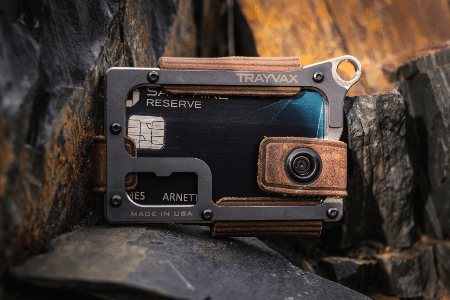
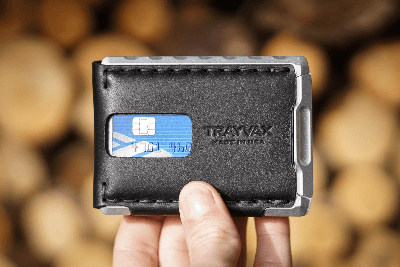
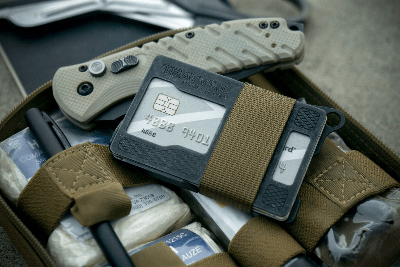
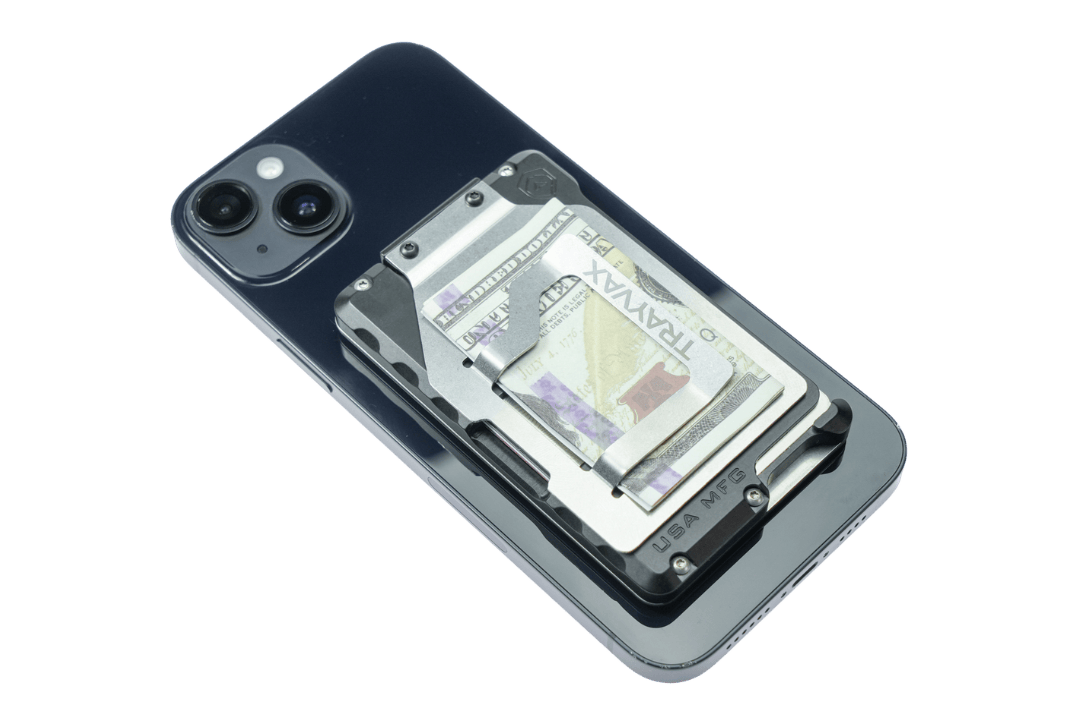





















































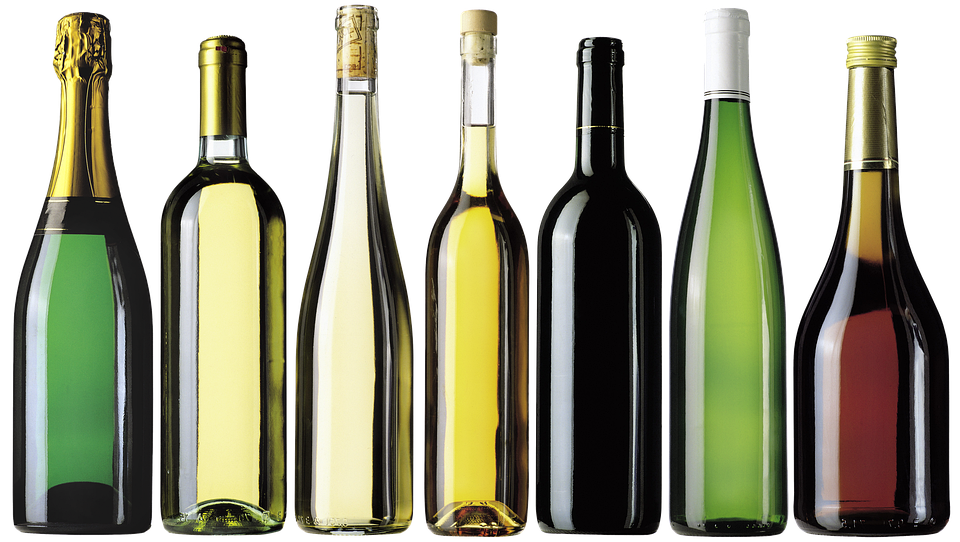
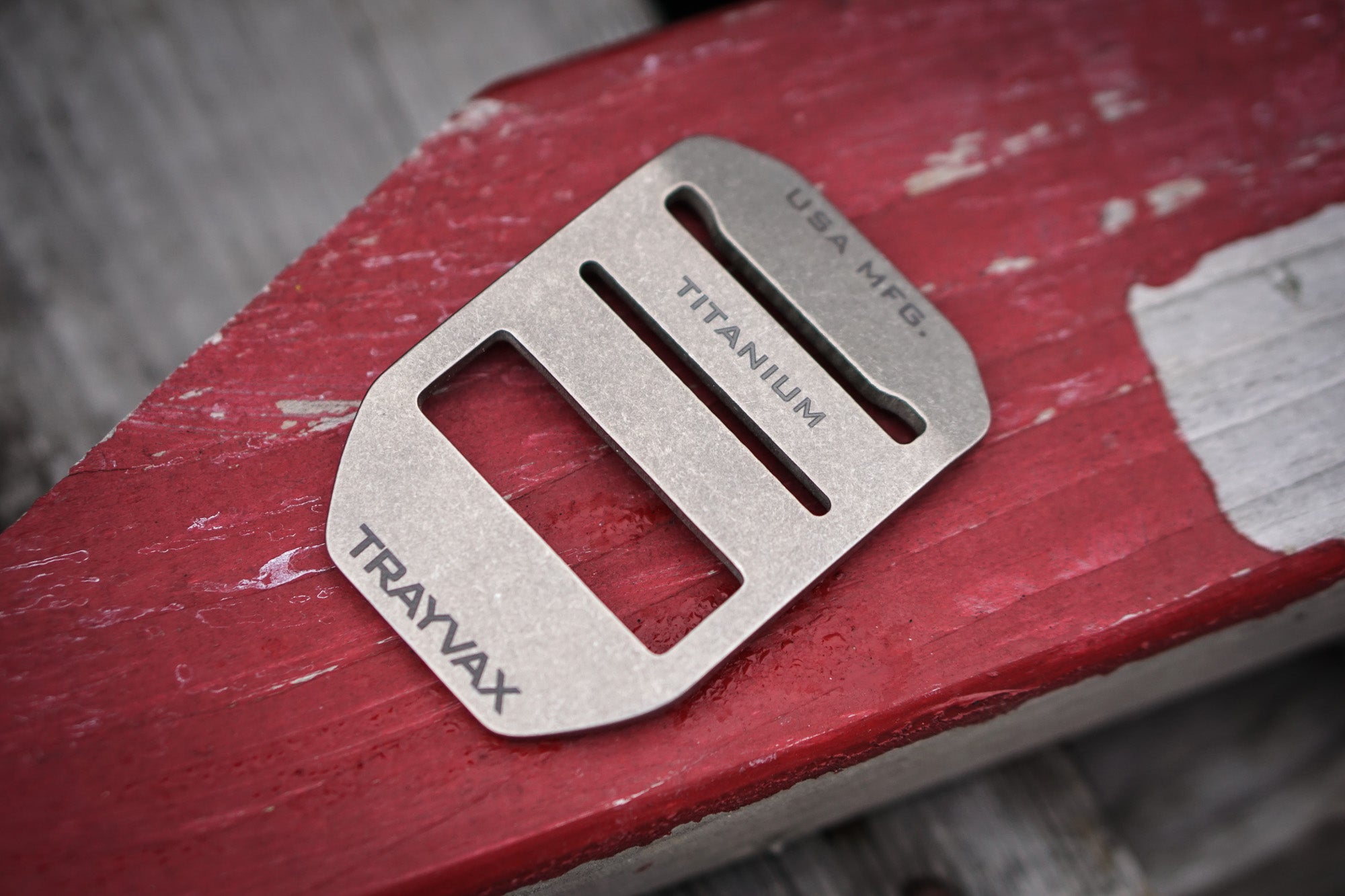
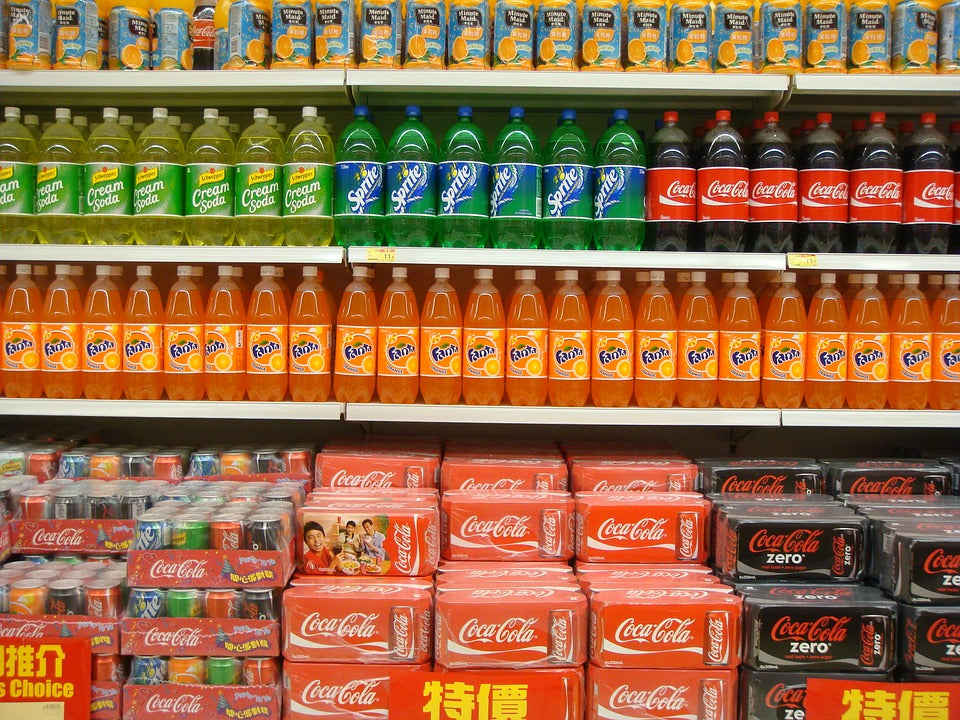
1 comment
Ken
Thanks for info. Was just curious . I remember Johnny Depp in pirates of the carribean drinking rum from a bottle with round bottom and small neck. . thought this was handy as pirates can hold their rum bottle comfortable in one hand and a sword in the other..
Leave a comment
All comments are moderated before being published.
This site is protected by hCaptcha and the hCaptcha Privacy Policy and Terms of Service apply.